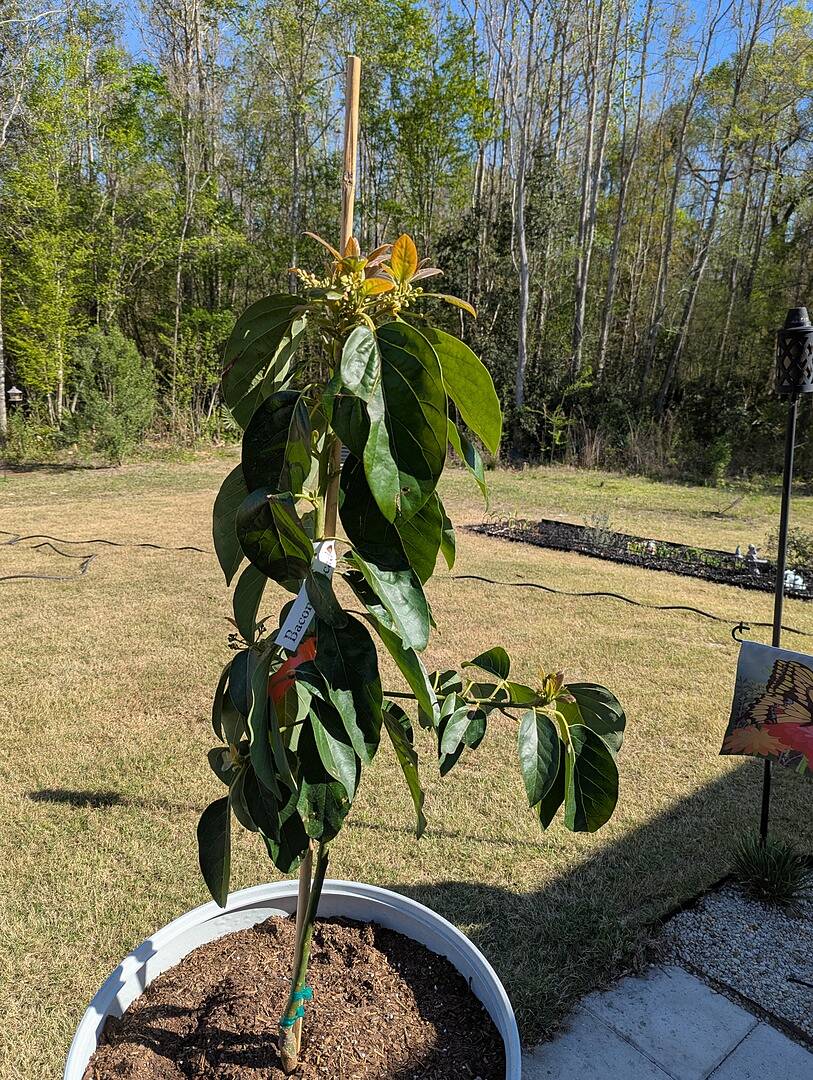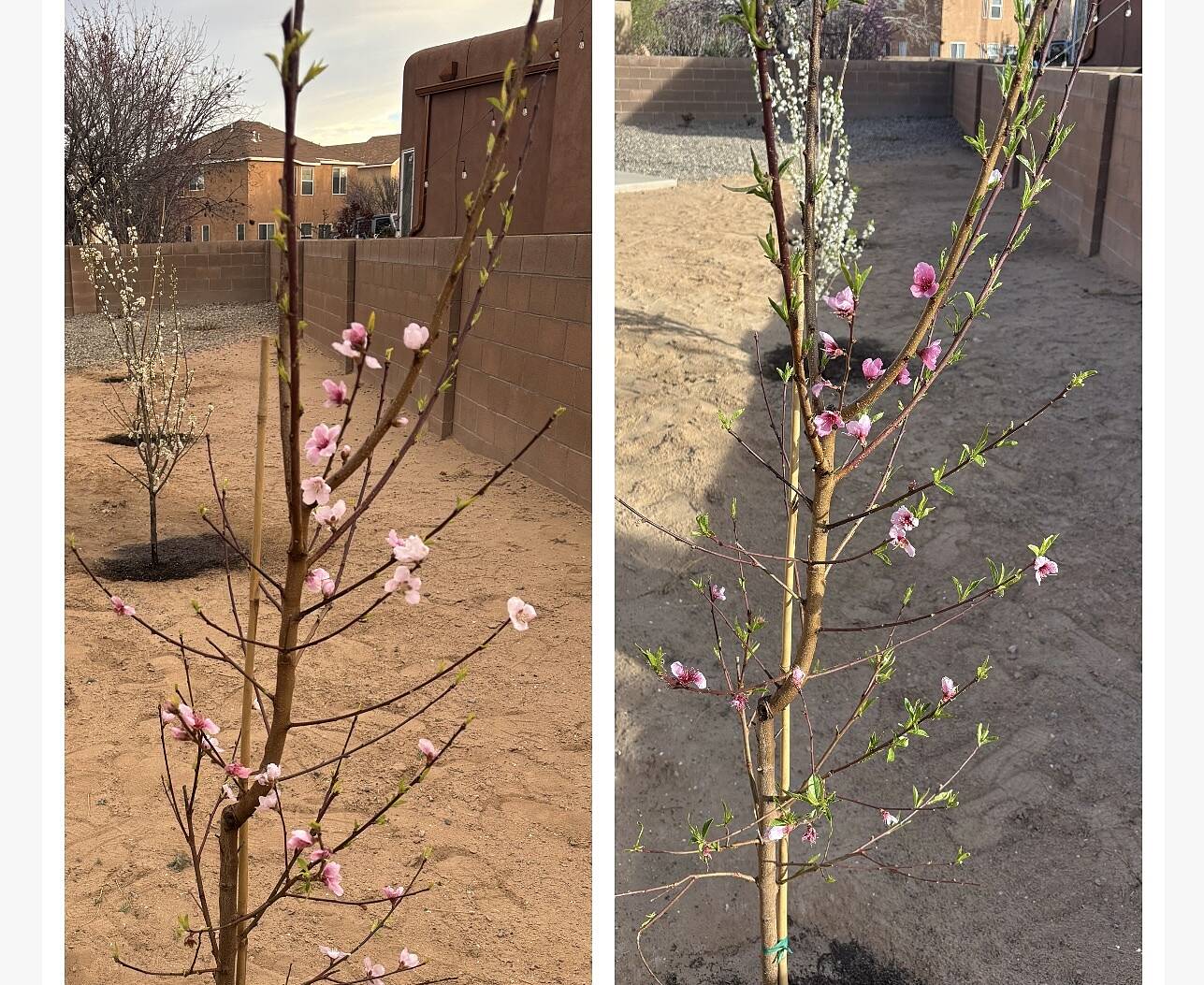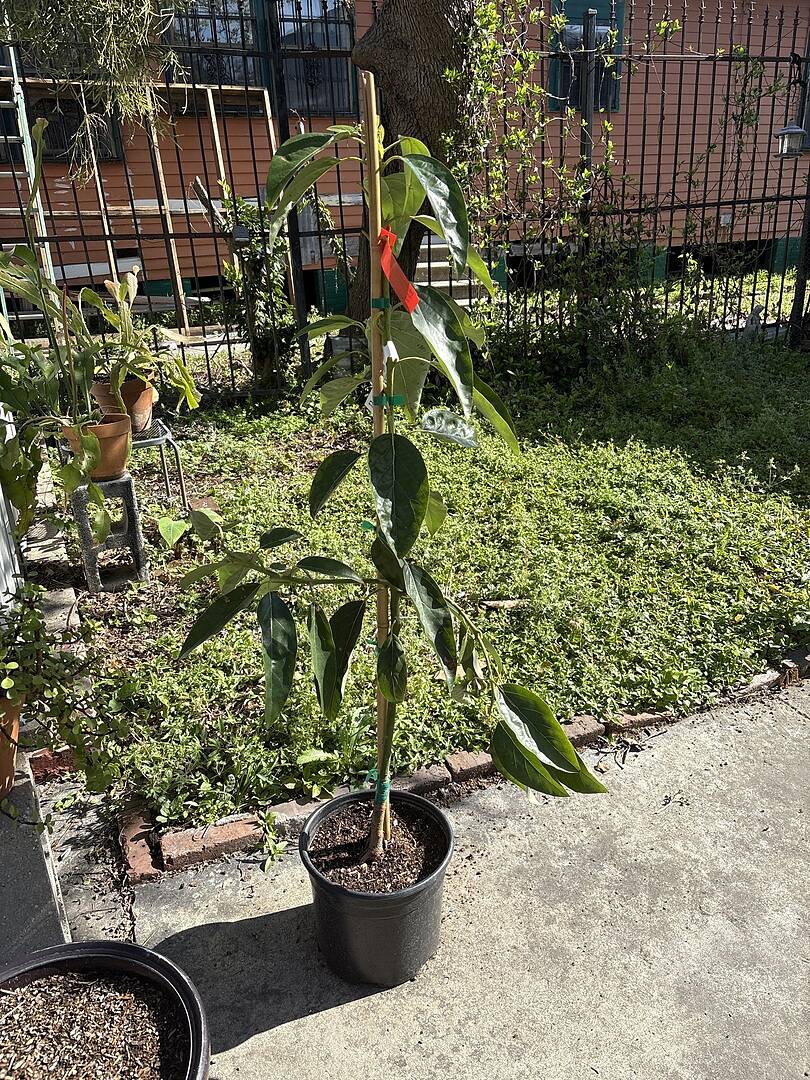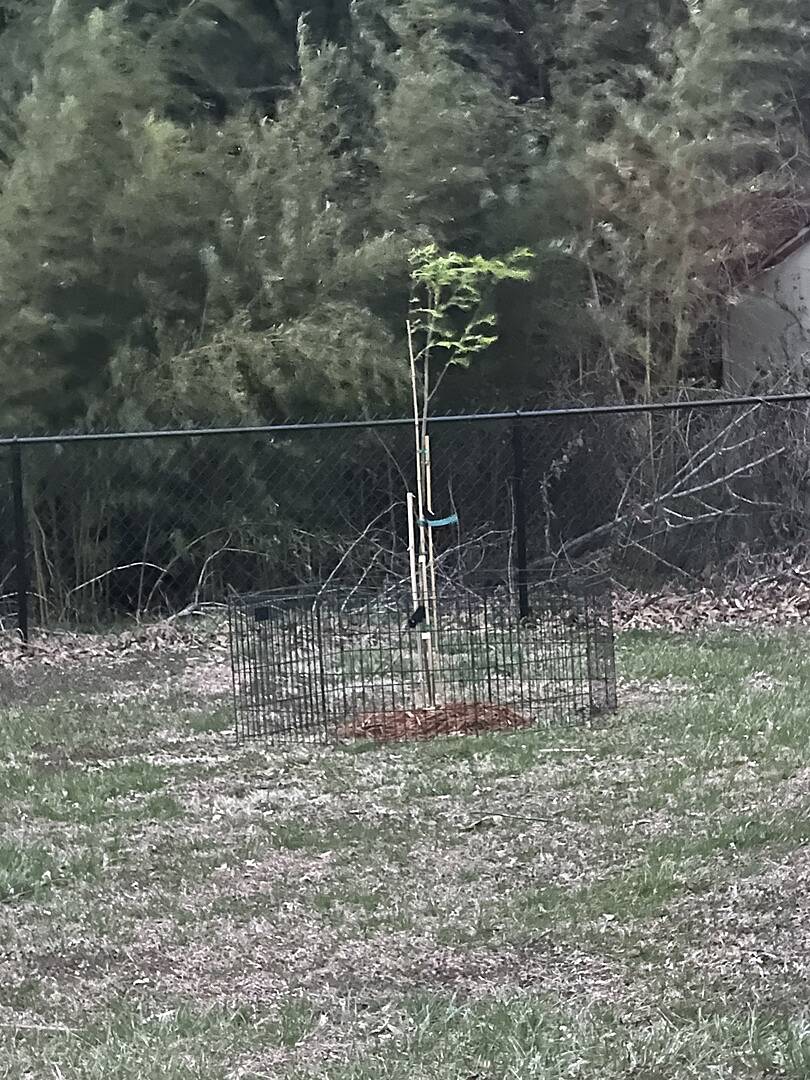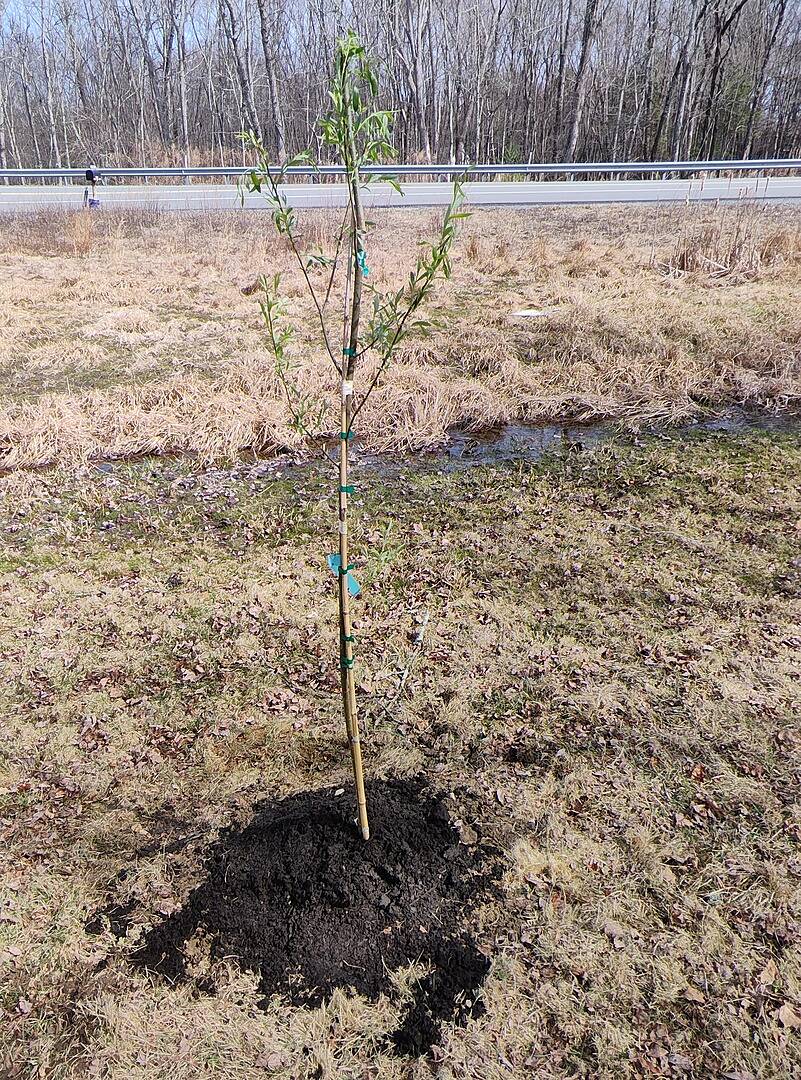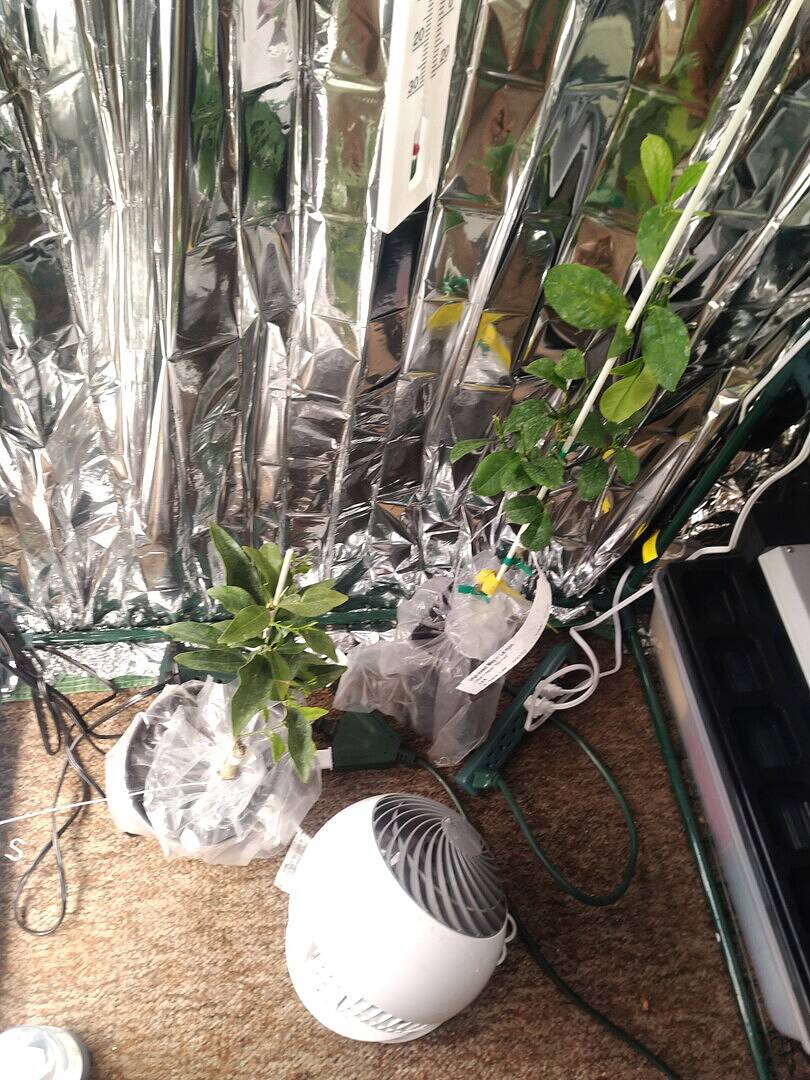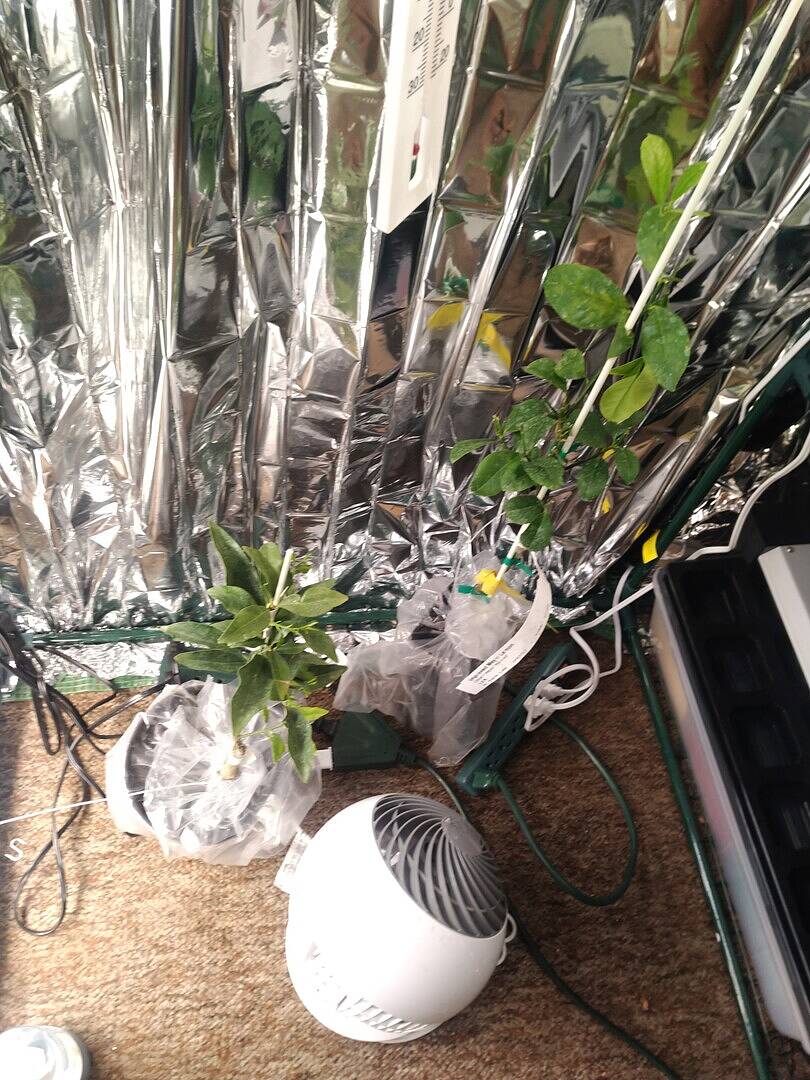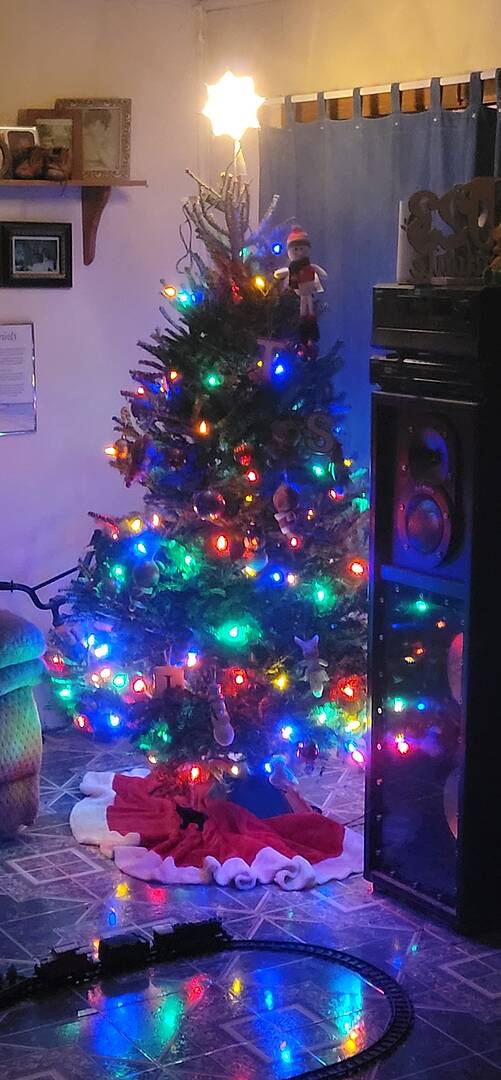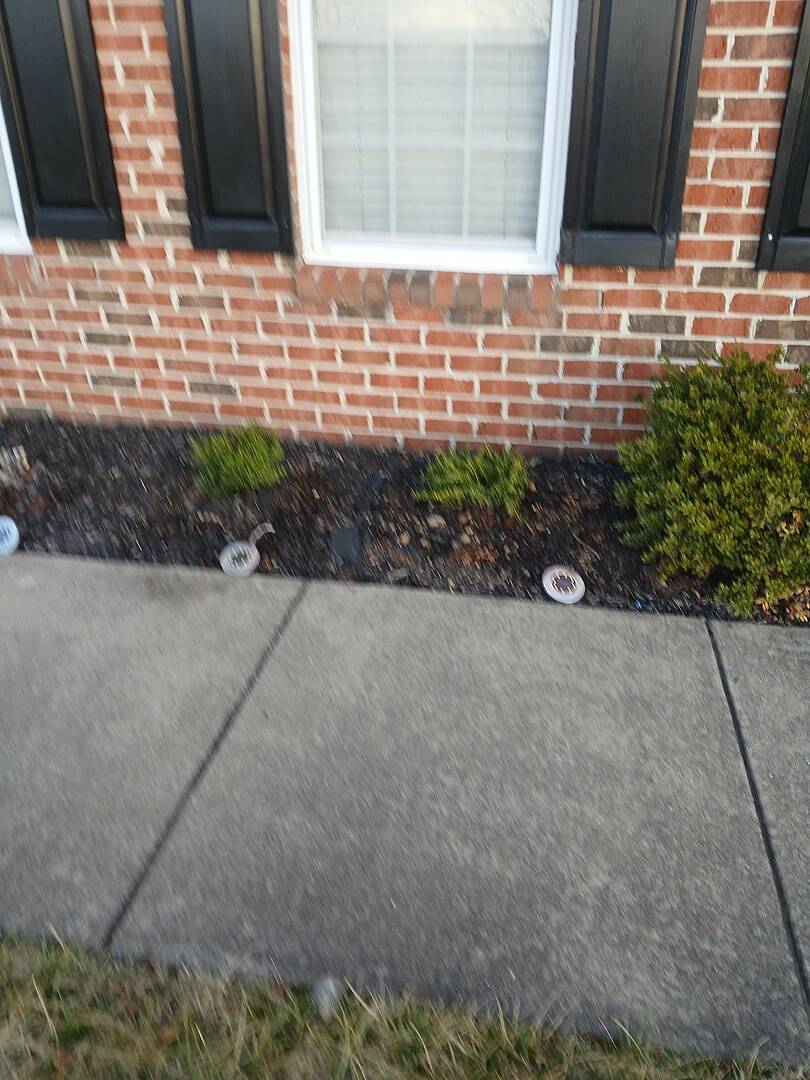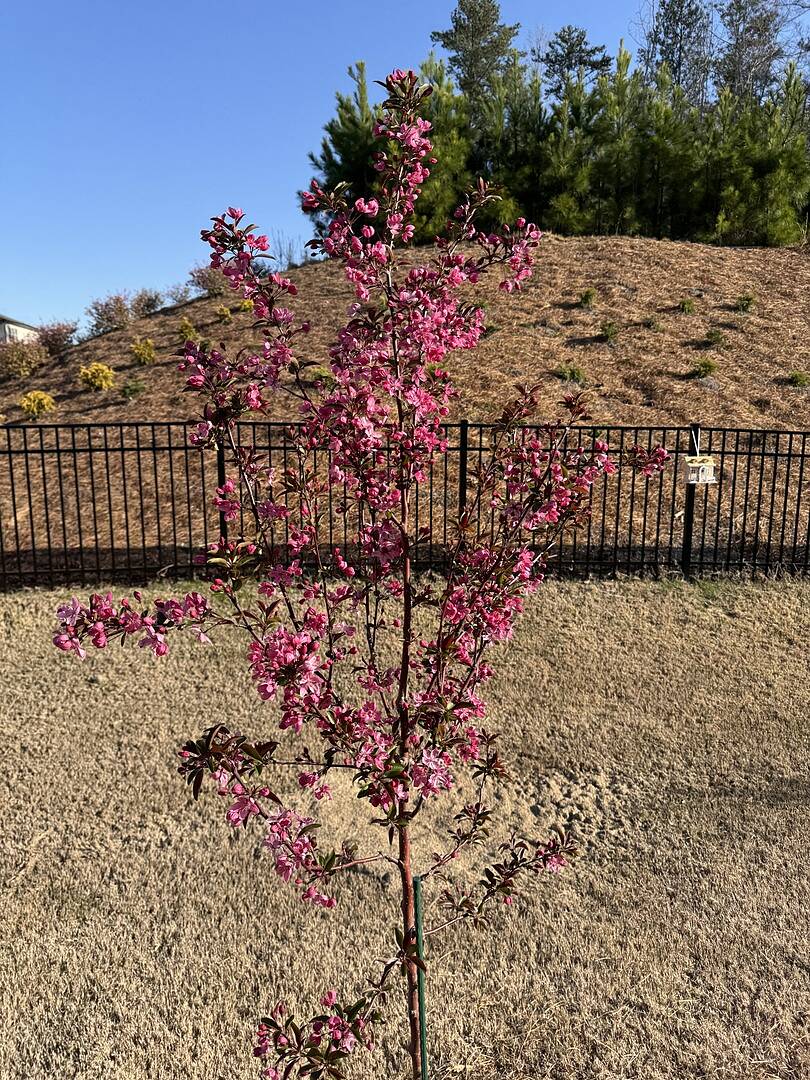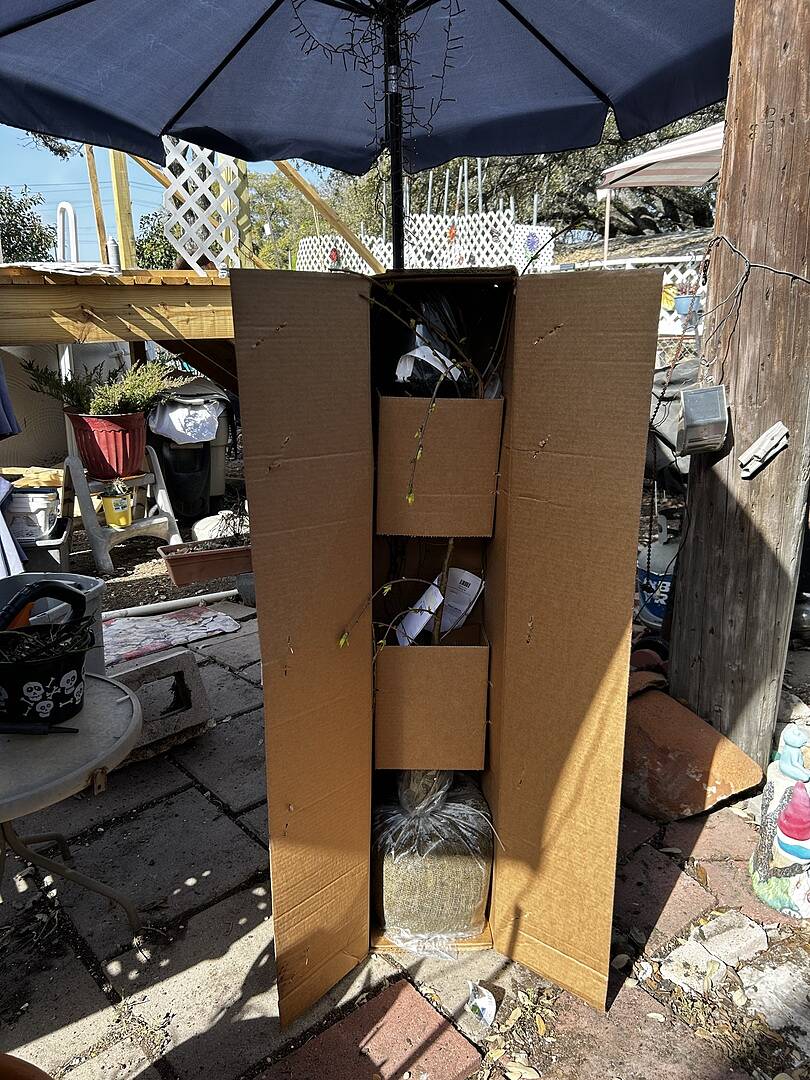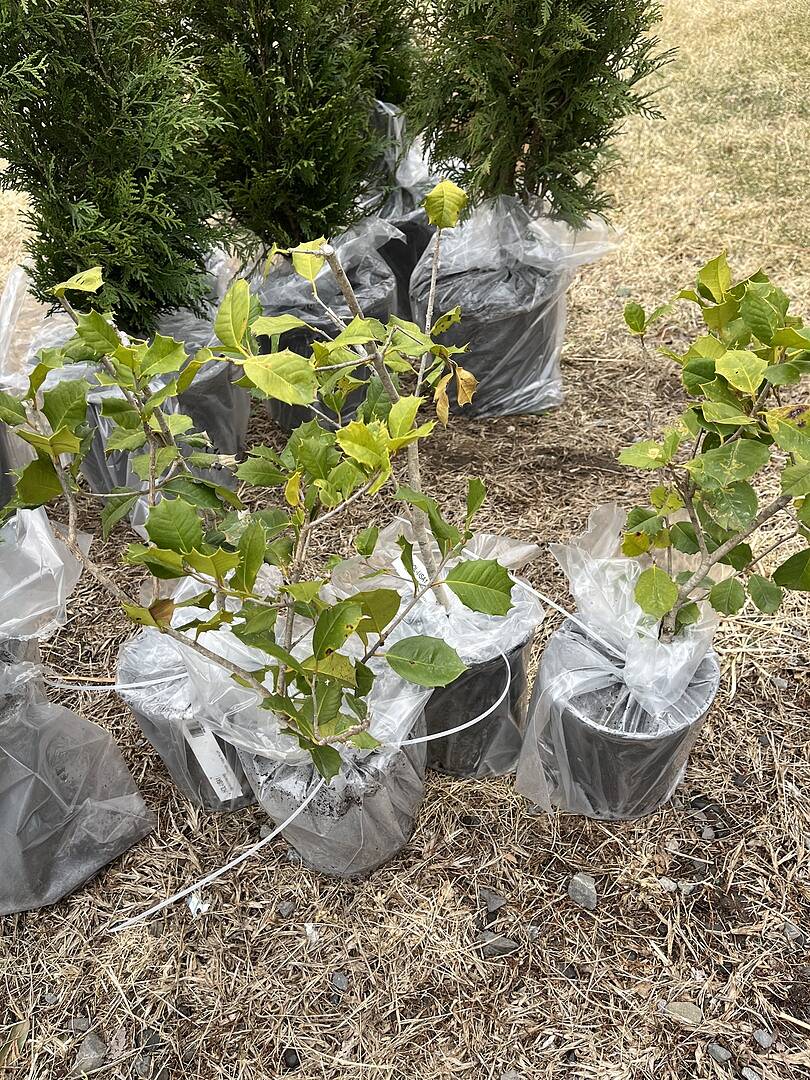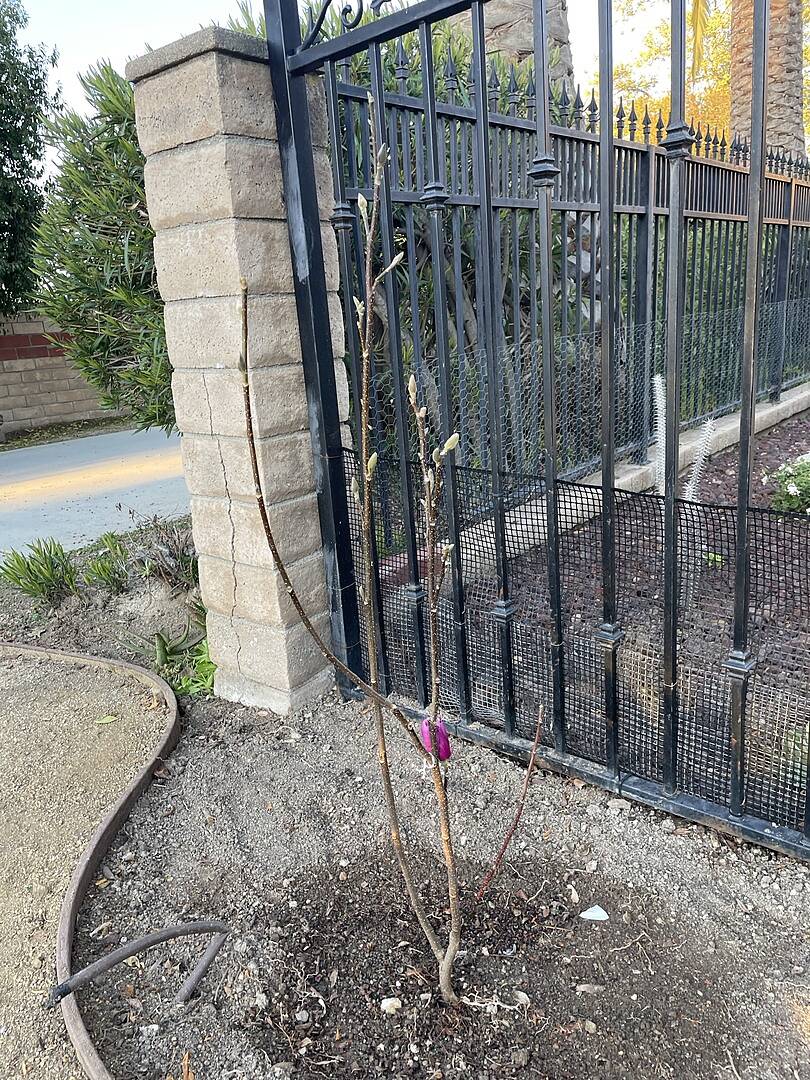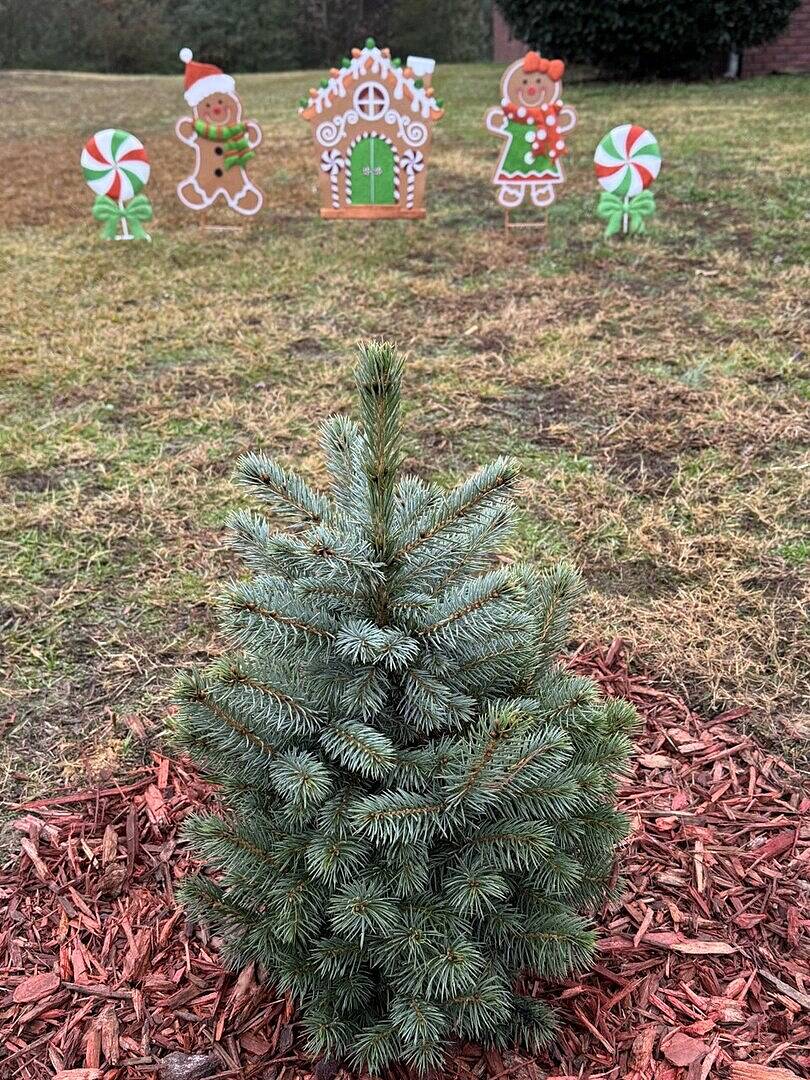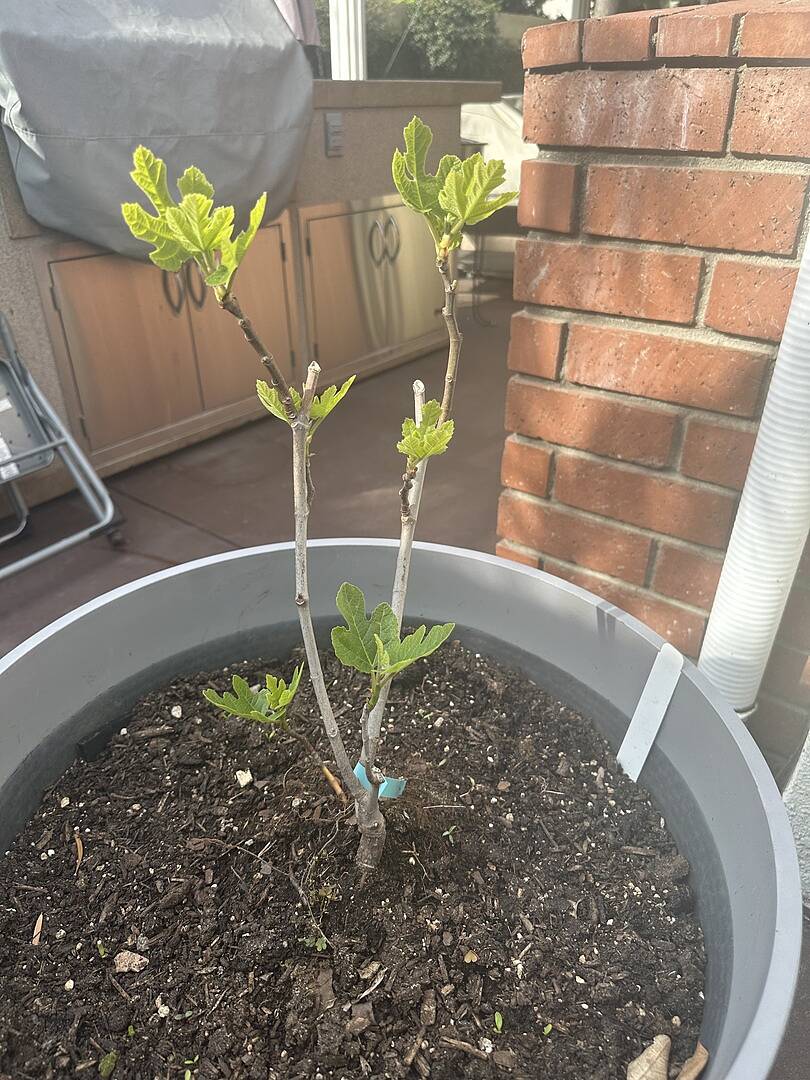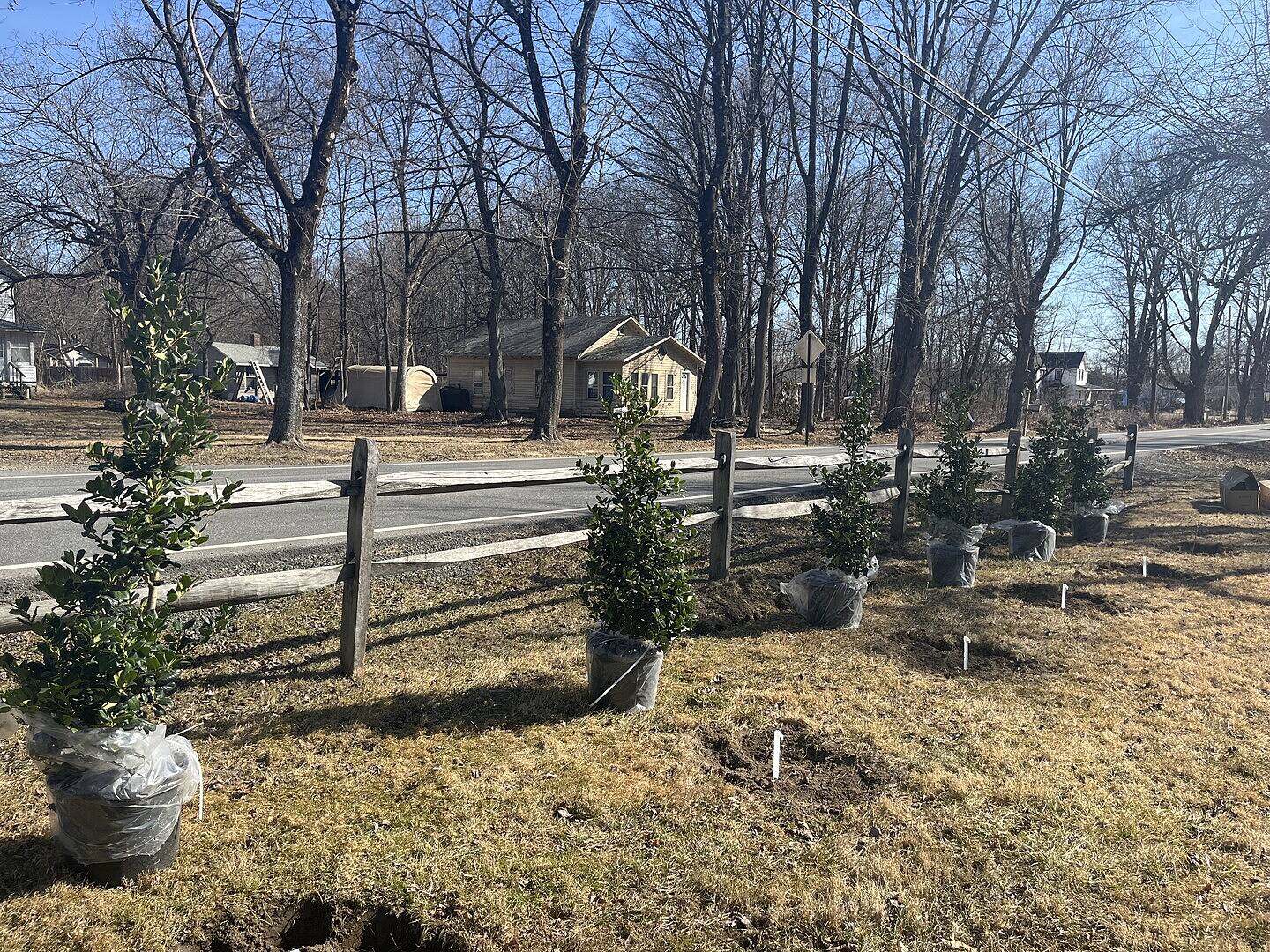The Lowdown on Lanternflies

Last updated: Apr 07 2023

Lanternflies—if you live in New York, you might have seen (or squashed) a few of these pesky creatures. Although their polka-dot wings may make them look like a cousin to the lady bug, they mean bad news for your garden. Lanternflies are an invasive species in the United States, and, unfortunately, no natural predator exists here to keep the population in check.
Keep reading to arm yourself with some tips and tricks to minimize lanternfly damage in your garden! Or skip ahead using the section links below:
- Understanding Invasive Species
- Lanternfly Appearance
- Plants Targeted by the Lanternfly
- Lanternfly Damage
- Areas Impacted
- Dealing With Lanternflies
What Is an Invasive Species?
When a species is invasive, it means that it isn’t native to an area, and therefore its population isn’t controlled by a natural predator. As the species spreads, it can disrupt local ecosystems and devastate economically vital crops (like soybeans, in the case of the lanternfly).
See it for yourself what a lack of natural predators can look like:
Video: More than a dozen lanternflies crawling around on a small section of sidewalk.
So, don't feel bad if you have to deal with invasive species the hard way—in fact, letting them live does more harm than good in the long run. For more up-to-date information on other invasive species of plants and insects, be sure to check out the USDA’s National Invasive Species Information Center.
Meet the Lanternfly
Lanterfly (or the Spotted Lanternfly) is the common name for Lycorma delicatula, a species of leafhopper that originates from parts of China and Vietnam. Although they’re called “flies,” they mostly use their wings to jump from plant to plant (rather than prolonged flight).

They have notable, spotted brown wings and a thick body that resembles a moth up close. Their body is around an inch long with bright red, black and white underwings that you can see when they take off to the next plant. Check out this video from Julie Wilson (@GardenGirlNYC) who caught and took an up-close view of one!
Video: A single lanternfly on the edge of a white pot.
If you take a closer look, the males are slightly smaller than the females, with shorter legs and no red coloring on the underside of their abdomen. While the males don‘t lay eggs, both male and female lanternflies are considered invasive.
Lanternfly Life Cycle
It’s easier to control a pest if you know how to identify it in all stages of its life cycle. Below, we've included a diagram from the New York State Integrated Pest Management Program's website to show you clear examples of the lanternfly in each stage.

Image source: New York State Integrated Pest Management
Plants Targeted by Lanternflies
Economically significant crops like soybeans, grapes, and orchard fruits are all targets of the lanternfly. Below are other potential lanternfly victims that you may have in your area.
- Black walnuts
- Hops
- Maples
- Willows
- Apples
- Blueberries
- Mulberries
- Figs
- Stone fruits (peaches, plums, apricots)
- Birches
- Sycamores
- Lilac plants, staghorn sumacs
- Virginia creepers
- Tree of heaven plants
The lanternfly isn’t too picky when it comes to its food source. Even herbs like basil or the grass in your lawn may be on the menu if it needs a snack between its main courses.
Signs of Lanternfly Damage
Lanternflies (and the damage they cause) can be hard to spot—however, if you notice the following issues with your plants AND see some lanternflies around, it’s safe to assume that they may be responsible. But, of course, lanternflies aren’t the only pesky pest out there.
Primarily, the lanternfly sucks sap from your plants, which weakens them over time. (Aphids, thrips, and other sap-sucking insects damage plants in a similar way.) However, due to the volume of lanternflies, the impact on your plants may be more noticeable.
You also may notice these signs if you’re dealing with lanternflies:
- Oozing sap
- Wilting
- Leaf curling
- Dieback (when a plant starts appearing discolored from the tips of its leaves or roots)
Areas Most Affected by Lanternflies
Lanternflies are not new to the US, and, in New York especially, they were a big concern last year. In addition to NY, other areas impacted include:
- Pennsylvania
- Parts of Virginia
- Massachusetts
- Maryland
- New Jersey
- Connecticut
And now, lanternflies have even been spotted as far south as North Carolina! Unsure if your area is affected? Check this map. If you spot a lanternfly near you, you can help out by reporting it to your local extension agency with a photo or the bug itself to confirm identification. Find your local office with a quick internet search by typing your county’s name and “extension office” after.
What to Do About Lanternflies
First, make sure to read up on ways to spot and identify the insect (you’re doing that now!). As for next steps, you’ll want to focus on lanternfly prevention.
Preventing Lanternflies
- Be on the lookout for nests located on host trees (scroll down for an up-close photo). If you find one, destroy it as best as you can before the eggs hatch in May and June.
- Kill any lanternflies that you find between May and September. Remember, they can look different depending on what life stage they’re in.
- From September to May, check trees, rusted metal, stones, firewood, yard equipment, and building materials for lanternfly eggs. These outdoor surfaces are popular spots for them to hide. Destroy the ones you can find until hatching begins in May. Use this checklist to guide you if you find them in your area.
FGT Pro Tip: Always confirm that you have spotted the right insect before you bring out the arsenal of bug sprays. Good insects are worth protecting. Instead of going after an entire nest, first kill or capture one egg or bug and then reach out to your local extension office to confirm the species.
Lanternfly Damage Control
If the lanternflies have already started damaging your yard, follow these tips:
- Sticky traps: These are just bigger versions of the sticky fly paper you’d use in the house. They’re made to be wrapped around the trunk of a host tree to capture the lanternflies as they crawl up and down the bark.
- Circle traps: You can build your own out of materials that you likely have at your house already.

- To do this, you’ll need a sturdy, flat object (like an old credit card), an old jar or sealable bag, and rubbing alcohol.
- Scrape the eggs off of the surface, place them in the container, coat them with rubbing alcohol, and seal them inside.
- Not sure what the egg masses look like? See the photo below.

- Lanternflies in any stage are susceptible to insecticides. However, we encourage you to only use chemicals after physical control methods have failed. To be extra safe, you can also call out a professional to apply targeted treatment.
Doing Your Part to Fight All Invasives
Invasive plants and insects are nothing new to us—but they do require everyone’s help to control. If you have more questions about lanternflies or any other creatures in your garden, please reach out to our team for free, expert advice. You can also take advantage of local resources to find and participate in environmental protection efforts happening in your area.
Remember that while lanternflies will harm your plants, they won’t harm you or your pets.
A big thank you to rooftop gardener extraordinaire, GardenGirlNYC, whose videos have allowed us to provide the most accurate and up-to-date lanternfly information!

Written by
Meredith Gaines
Meredith's love for plants started at a young age, and only grew when she started working in the Desert Exhibit at the South Carolina Botanical Gardens and the Historic Filoli Estate in the Bay Area. After graduating from Clemson University (GO TIGERS!) with a degree in Biology and Horticulture, she found her niche in the FastGrowingTrees.com family as a horticulturist and has grown in her current role as Senior Plant Expert.
She currently resides in her hometown of Charlotte, North Carolina, and enjoys spending any time she can outdoors. She learns new things about plants every day and loves sharing her plant knowledge and tips with those around her. Her favorite plant is constantly changing, but her long-time favorites are peonies, oak trees, and ferns.
Featured Product

Tri-Color Dappled Willow
369 reviewsStarting at $44.95



















